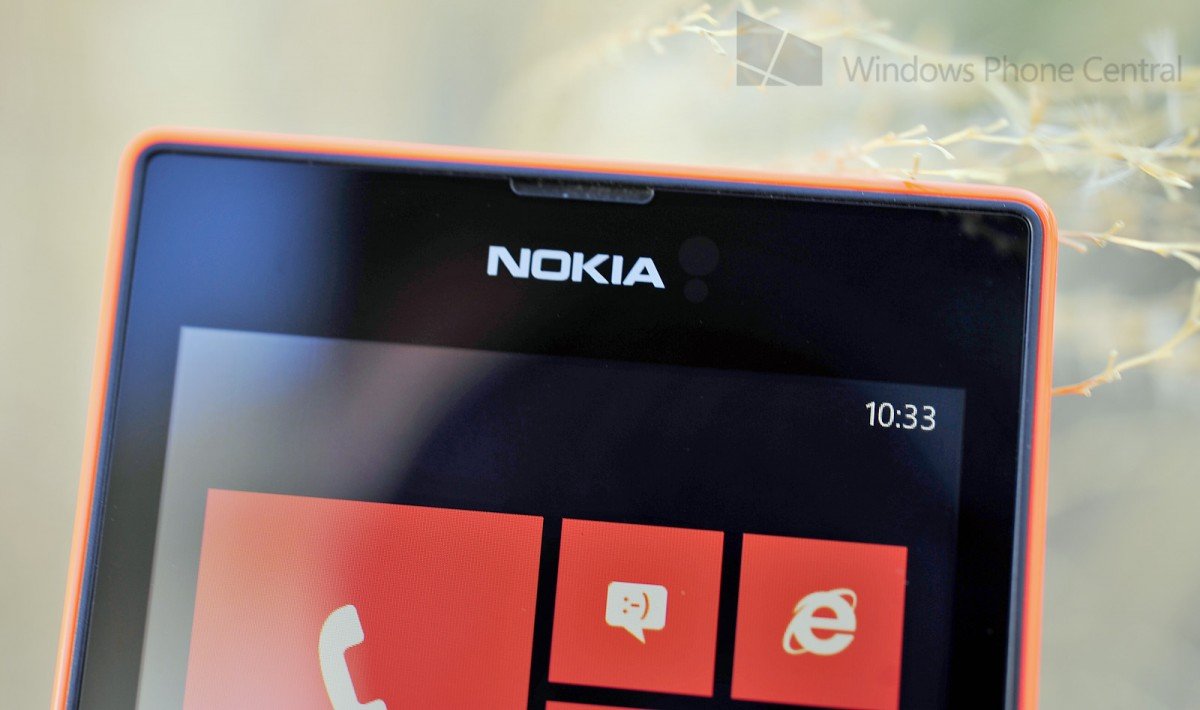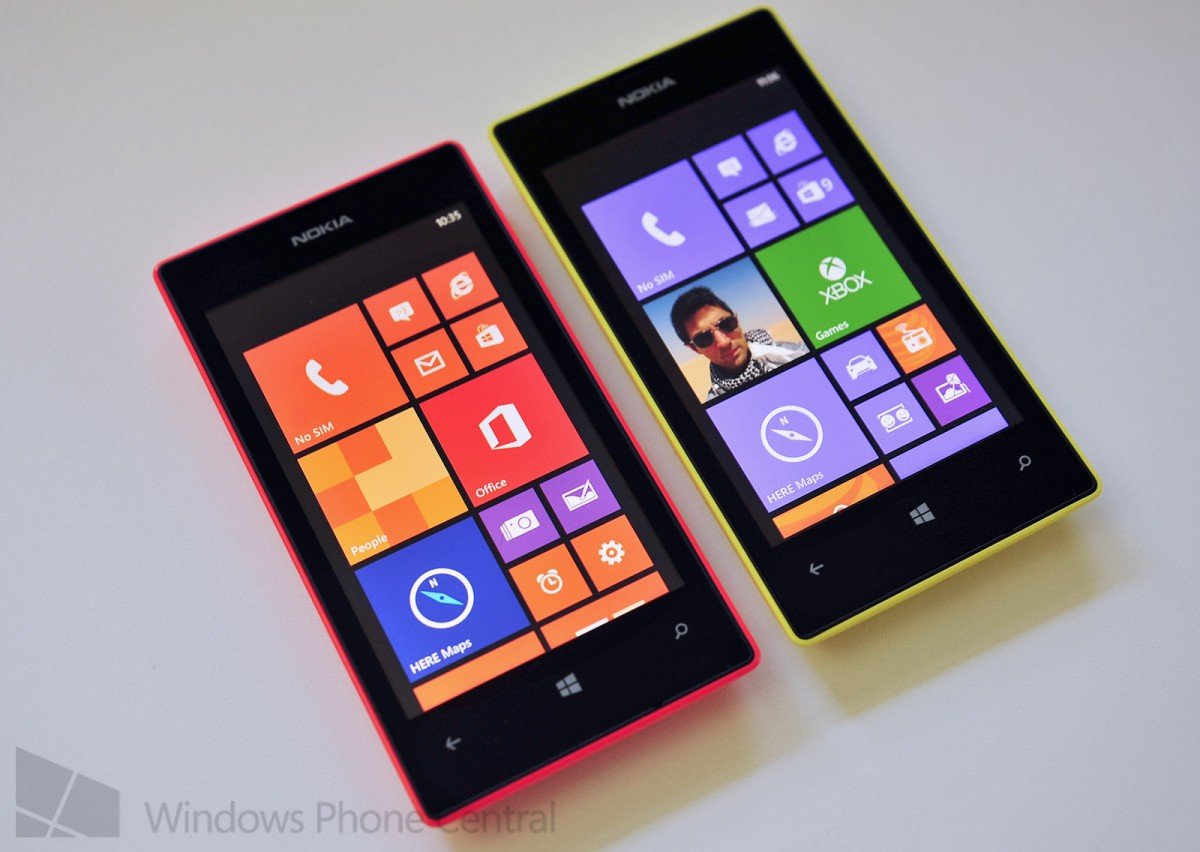Nokia Lumia 525 – Unboxing and hands on with the low-cost 1 GB Windows Phone
Taking a look at Nokia's problem-solving Lumia 525

Last year, Nokia introduced the Lumia 520, a lost-cost solution to those who want a Windows Phone in emerging markets. As it turns out, demand was much higher than anyone anticipated. Nearly a year later and the 520 is one of the best-selling Windows Phones around. It’s a great low-risk way to experience Windows Phone and it opens the door to higher end options. But if the Lumia 520 had one flaw, it was the amount of RAM.
Windows Phone 8 can run easily on 512 MB devices, but some higher end games (and a handful of apps) need some good memory optimization before they can run smoothly. That usually happens, but it can take months after the initial release. Microsoft is confident this will go away as developers target 512 MB devices in the future, but up until now, there hasn’t been a low-cost 1 GB Lumia to get around this problem.
The Lumia 525 fixes that by simply bumping the RAM to 1 GB. So, can lightning strike twice for Nokia? Watch my unboxing and first impressions of Nokia's device to find out.
Lumia 525 Specifications
- Windows Phone 8 with Update 3 (10517) and Lumia Black
- 4-inch IPS LCD display, Sunlight readability, Lumia Color Profile, double-tap to wake
- 8 GB of internal storage (4.5 GB available), micro SD expansion
- 1 GB of RAM
- 1 GHz dual-core Snapdragon CPU
- 5 MP rear camera, no flash (no front facing camera)
- Bluetooth 4.0 LE
- 1430 mAh battery

As mentioned above, the Lumia 525 is nearly identical to the Lumia 520. Nearly. There are a few changes, which are all for the better:
- Glossy, interchangeable back covers, instead of matte
- Double-tap to wake is now available (also on the AT&T Lumia 520, but not many others)
- Display seems slicker to the touch

Other notable changes include a non-embossed logo on the back and slightly more recessed side keys.
Although on paper the devices are quite similar, I think the glossy back adds a little more pizazz to the Lumia 525, making it feel more high-end. Due to its size, it’s not slippery and it stays in my hand with ease. The Lumia 525’s display appears less sticky to use when compared to the Lumia 520, and whites are a tad more accurate.

The 5 MP is unremarkable, but in daylight performs quite nicely with pronounced sharpness (see above sample photo). For an entry level phone, users should be pleased.
Get the Windows Central Newsletter
All the latest news, reviews, and guides for Windows and Xbox diehards.
While I have only spent a few hours with the Lumia 525, my initial impressions are great. If I had to choose between it and a Lumia 520, it’s an easy decision as the former has less restrictions on it for software.

Granted, being able to run high end games has its limitations too, namely storage, which is still capped at just 8 GB. Currently, Windows Phone 8 doesn’t allow storage of apps or games to the storage card, though I’ve heard that the 8.1 update – due later this year as an upgrade – will enable this feature. We’ll have to wait and see though.

I’ll spend a few more days with the Lumia 525 and let you know what I think. Although Nokia’s latest device isn’t expected in the UK or US markets, users can opt to buy it via online retailers. Like the Lumia 520 though, if there is enough demand for it, we may see more carrier pickup in the future.
The Lumia 525 is currently available (or coming to) China, India, Vietnam and Singapore. There is also a Lumia 526 variant specifically for China Mobile.
Have questions about the Lumia 525? Ask away in comments or head to our dedicated Lumia 525 forums to do some research!



Lumia 525 (left) versus Lumia 520 (right)


Daniel Rubino is the Editor-in-chief of Windows Central. He is also the head reviewer, podcast co-host, and analyst. He has been covering Microsoft since 2007 when this site was called WMExperts (and later Windows Phone Central). His interests include Windows, laptops, next-gen computing, and wearable tech. He has reviewed laptops for over 10 years and is particularly fond of 2-in-1 convertibles, Arm64 processors, new form factors, and thin-and-light PCs. Before all this tech stuff, he worked on a Ph.D. in linguistics, performed polysomnographs in NYC, and was a motion-picture operator for 17 years.
